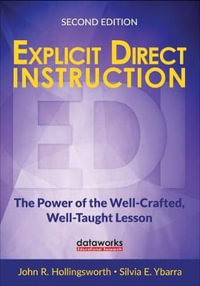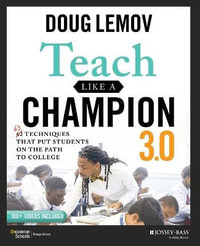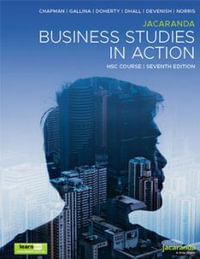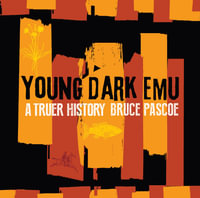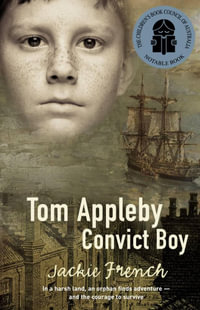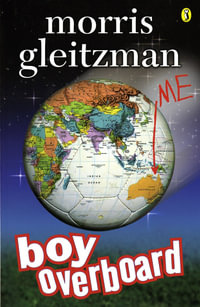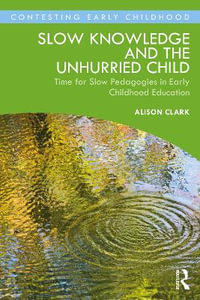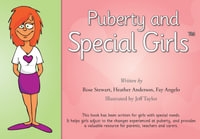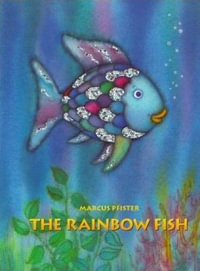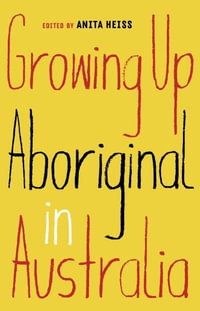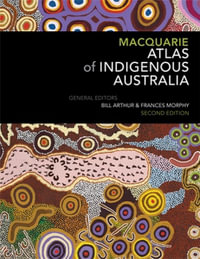Acknowledgements ix
1 Introduction 1
1.1 Overview 1
1.2 Rationale for Screening and Remediation of Neuromotor
Immaturity 2
1.3 What is INPP? 2
1.4 The INPP Developmental Movement Programme for Schools 3
1.5 What is Neuromotor Immaturity? 4
1.6 What is the Significance of Primitive Reflexes to Education?
4
1.7 What are Primitive Reflexes? 5
1.8 What is the Significance of Neuromotor Maturity to
Education? 5
1.9 What is the Purpose of Developmental Screening Tests? 7
1.10 Why Assess Posture and Balance? 7
1.11 Why Carry Out Assessments for Balance? 8
1.12 What is the Difference Between Static Balance and Dynamic
Balance? 8
1.13 What is the Significance of Postural Control to Learning?
9
1.14 Primitive Reflexes: Why Have These Three Reflexes Been
Selected for Evaluation? 9
1.14.1 The Asymmetrical Tonic Neck Reflex (ATNR) 9
1.14.2 The Symmetrical Tonic Neck Reflex (STNR) 10
1.14.3 The Tonic Labyrinthine Reflex (TLR) 12
1.15 What Evidence is There Linking Balance, Posture and
Reflexes to Educational Achievement? 12
1.16 What Evidence is There That Intervention in the Form of
Movement Programmes Aimed at the Level of Primitive Reflexes
Improves Educational Outcomes? 15
1.17 How to Use The Screening Tests 16
References 16
2 Developmental Screening Tests for Use with Children Aged
4?7 Years 20
2.1 General instructions 20
2.1.1 Scoring 20
2.1.2 Tests 21
2.2 Neuromotor tests 21
2.2.1 The Romberg Test 21
2.2.2 One Leg Stand 23
2.2.3 The Crawling on Hands and Knees Test 24
2.2.4 Crossing the Midline, Test No. 1 25
2.2.5 Crossing the Midline, Test No. 2 26
2.2.6 Finger and Thumb Opposition Test 27
2.3 Tests for Primitive Reflexes 29
2.3.1 Asymmetrical Tonic Neck Reflex (ATNR) 29
2.3.2 The Symmetrical Tonic Neck Reflex (STNR) 31
2.3.3 Tonic Labyrinthine Reflex (TLR) ? Erect Test 32
2.4 Tests for Visual Perception and Visual-Motor Integration
34
2.4.1 Pencil and Paper Tasks 35
2.4.2 Additional Measures 37
2.5 Score Sheets for 4?7 Year Old Test 39
2.6 Observation Sheets 40
2.7 Interpreting the Scores 41
2.7.1 Tests for Gross Muscle Coordination, Balance and Reflexes
41
2.7.2 Tests for Visual Perception and Visual-Motor Integration
41
References 41
3 Developmental Screening Tests for Use with Children from 7
Years of Age 43
3.1 General Instructions 43
3.1.1 Scoring 43
3.1.2 The Tests 44
3.2 Tests for Gross Muscle Coordination and Balance 44
3.2.1 Tandem Walk 44
3.2.2 Walking on the Outsides of the Feet (Fog Test) 46
3.3 Tests for Aberrant Primitive Reflexes 47
3.3.1 The Asymmetrical Tonic Neck Reflex (ATNR) 47
3.3.2 Symmetrical Tonic Neck Reflex (STNR) 51
3.3.3 The Tonic Labyrinthine Reflex (TLR) 52
3.4 Tests for Oculomotor Functioning 53
3.4.1 Test for Fixation, Convergence and Control of Saccades
(Valett) 54
3.4.2 Test for Visual Integration 54
3.5 Tests for Visual-Speech Recognition 55
3.5.1 Sound Discrimination (Individual Sounds, Sound Blends and
Syllables) 55
3.5.2 Sound Synthesis 55
3.6 Tests for Visual Perception and Visual-Motor Integration
56
3.6.1 Visual Perception 57
3.6.2 Visual-Motor Integration (VMI) 57
3.6.3 Spatial Difficulties 59
3.6.4 The Tansley Standard Visual Figures Test 59
3.6.5 Figures Based on The Bender Visual Motor Gestalt Test
59
3.6.6 Scoring the Visual-Perceptual Tests 61
3.6.7 Additional Measures 65
3.7 Score Sheets (7þ Test) 66
3.8 Observation Sheets (7þ Test) 67
3.9 How to Interpret The Scores 68
3.9.1 Tests for Gross Muscle Coordination, Balance and Reflexes
68
3.9.2 Tests for Visual Perception and Visual-Motor Integration
68
3.9.3 Tests for Auditory?Speech Recognition 68
References 69
4 The INPP Developmental Movement Programme 70
4.1 How to use the INPP Developmental Movement Programme 70
4.1.1 Developmental Movements 71
4.1.2 Why Use a Movement Programme to Improve Educational
Performance? 71
4.1.3 Instructions for Use of the Exercises 72
4.1.4 Guidelines for Schedule for Exercises 72
4.2 The Developmental Movement Programme 73
4.2.1 Introduction 73
4.2.2 Windmills 73
4.2.3 Caterpillar 74
4.2.4 The Curious Caterpillar 75
4.2.5 The Sea Anemone 75
4.2.6 The Octopus (Part 1) 76
4.2.7 The Agitated Caterpillar 76
4.2.8 The Parachute 77
4.2.9 The Octopus (Part 2) 77
4.2.10 The Head Lift 79
4.2.11 The Fish 79
4.2.12 The Lizard 80
4.2.13 Hand to Foot 80
4.2.14 Hand to Knee 81
4.2.15 The Hinge 81
4.2.16 The Bracket 82
4.2.17 Lower Body Rotation 82
4.2.18 Upper Body Rotation 83
4.2.19 The Tadpole Who Turns into a Frog 84
4.2.20 The Drunken Frog 85
4.2.21 The Alligator 85
4.2.22 The Commando Crawl 86
4.2.23 The Cat 86
4.2.24 Three-Point Crawling on Hands and Knees 88
4.2.25 Cross-Pattern Crawling on Hands and Knees 89
4.3 Additional Optional Exercises for Integration of Left and
Right 89
4.3.1 Differentiated Angels in the Snow 90
4.3.2 Finger Exercises 92
4.4 Post Script 93
References 93
Resources 95


